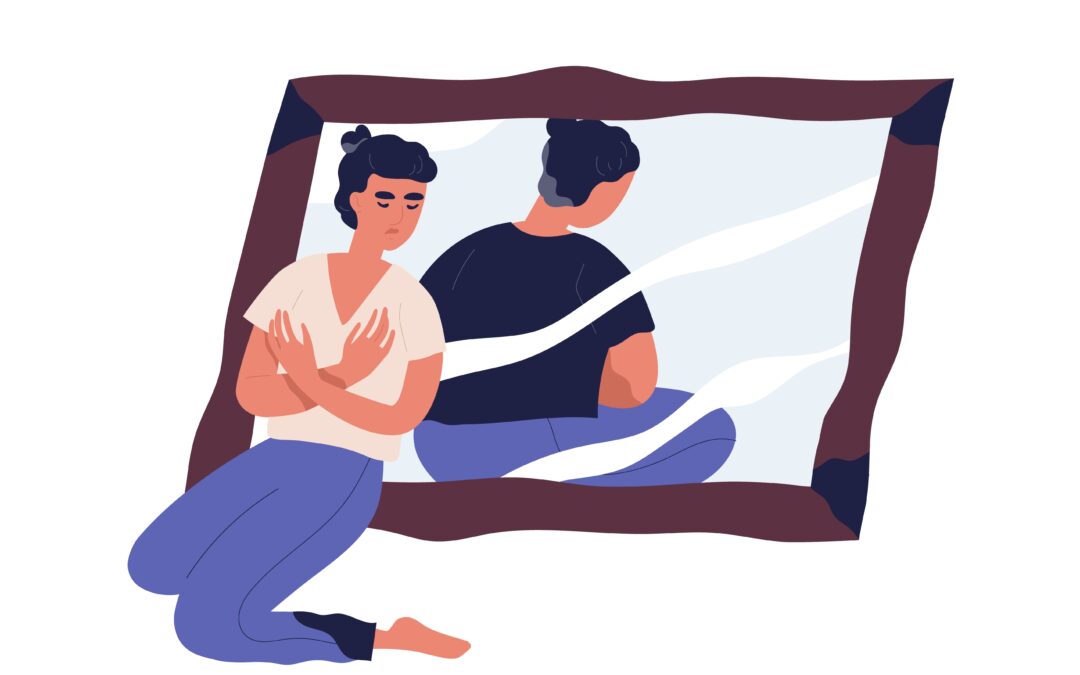Body Dysmorphic Disorder (BDD) is a psychiatric condition that affects both men and women. It is characterized by feelings of extreme distress or preoccupation with an imagined physical defect or slight imperfection. People with BDD often experience depression, anxiety, and low self-esteem as a result of their distorted body image. If you are living with BDD, it can feel like you are in a never-ending cycle of negative thinking and low self-esteem. Fortunately, there are some strategies for breaking out of this cycle and beginning to love yourself again.
1. Get Professional Help
The first step in treating body dysmorphia is to seek professional psychiatric help from a mental health specialist such as a psychologist or psychiatrist. They will be able to diagnose your condition accurately, provide appropriate treatment options and help you devise strategies to cope with the disorder and the depression it brings. With the right kind of therapy, you can learn how to manage your emotions more effectively and develop healthier ways of thinking about yourself.
2. Learn to Be Kind to Yourself
Negative self-talk is one of the most common symptoms of BDD and it can lead to feelings of shame and insecurity. To break out of this cycle, it’s important to practice being kinder to yourself by replacing negative thoughts with positive ones. Try writing down three things that you love about yourself every day and read them aloud whenever you start feeling down about your appearance or certain body parts. This simple exercise can help shift your focus away from the parts of your body that cause you distress toward things that bring you joy and make you feel good about yourself again.
3. Limit Your Social Media Usage
Social media can be both a blessing and a curse when it comes to managing body dysmorphia because it allows us access to unrealistic images on an almost constant basis which can fuel negative comparison thoughts about our own bodies and appearances. A good way to avoid getting sucked into these comparisons is by limiting your social media usage or even taking breaks from it altogether if needed, focusing instead on spending time with people who make you feel supported, loved, accepted just as you are—flaws included!
Breaking out of body dysmorphia may seem like an insurmountable task at times but there are ways that we can work towards healing our relationship with ourselves through professional psychiatric help such as therapy or counseling sessions as well as through self-care practices such as being kinder to ourselves, setting healthy boundaries around our social media usage, and surrounding ourselves with supportive people who truly care for us just as we are. By making small changes in our daily lives we can move toward reclaiming our sense of self-worth without having the need for perfectionism keeping us trapped in its vicious cycle any longer.

